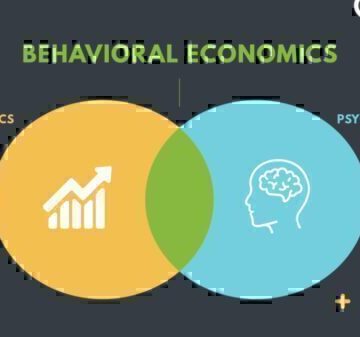Most of us stay current with routine weekly and monthly money tasks– like paying bills, monitoring credit card balances and savings accounts – yet some financial wellness tasks lend themselves to the beginning of a New Year.
The following suggestions are not intended as an exhaustive list, but can be considered reminders as part of your New Year financial to-do list:
To Do 1: Know Where You Stand
A healthy financial future begins with understanding your current situation. Start your New Year To Do List with a financial assessment to get a clear picture of your financial health.
An online financial assessment helps you see how mortgage, consumer debt, student loans or other debt might be affecting your budget, how long it will take to pay your debt off, and other personalized information.
This is a useful first step to understand the impact of interest charges to help you effectively manage your debt and reduce your financial stress.
To Do 2: Review Your Credit Report
Taking stock of New Year finances means getting a view of your credit history and credit score – important measures of financial health. If a mortgage, car loan or new line-of-credit is in the New Year plan, note that lenders look to your credit score as an indicator of your creditworthiness. The New Year is a good time to know how your credit score is calculated and understanding how to read your credit report is an important component of your overall financial health. Obtain a free copy of your credit report from annualcreditreport.com or other sources.
To Do 3: Build a Budget
A simple budget is the foundation of financial health. As the year gets underway, make a realistic plan for the money that you earn. Develop a line item in your budget for groceries, gas, savings, and entertainment as well as debt payments. If you haven’t had the chance to get around to a budget, take time to create one and track your expenses so that you can go back, review and adjust as needed.
GreenPath Financial Service
Free Debt Counseling
Take control of your finances, get tailored guidance and a hassle-free budgeting experience. GreenPath offers personalized advice on how to manage your money.
To Do 4: Plan and Build an Emergency Fund
For a financially aware New Year, it is helpful to plan for the unexpected. Depending on your budget, determine a set amount to put into a savings account from each paycheck. Some people have their employer directly deposit part of their paycheck into a savings account. Over time, you can build a budget buffer to help with unexpected expenses or emergencies.
To Do 5: Get Ready to Manage Student Loan Debt
For the more than 44 million people who carry student loan debt, the New Year is the time to prepare for the end of federal student loan payment relief measures, which paused federal student loan debt collection and reduced interest rates on federal student loans to 0%.
Once temporary relief programs end on May 1, 2022, managing student loan debt is doable when you understand repayment options — standard plans, extended plans, income-based plans and other payment options.
GreenPath as Your Guide
While a financial to-do list can help you get on the right track as a New Year begins, GreenPath’s caring counselors are available for specific advice and an action plan to get you on track to pay off debt and build a healthy financial life. Make a free, confidential call to get started.










